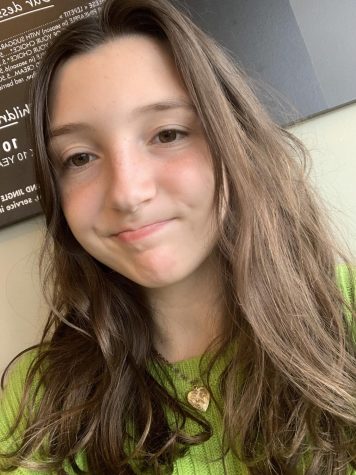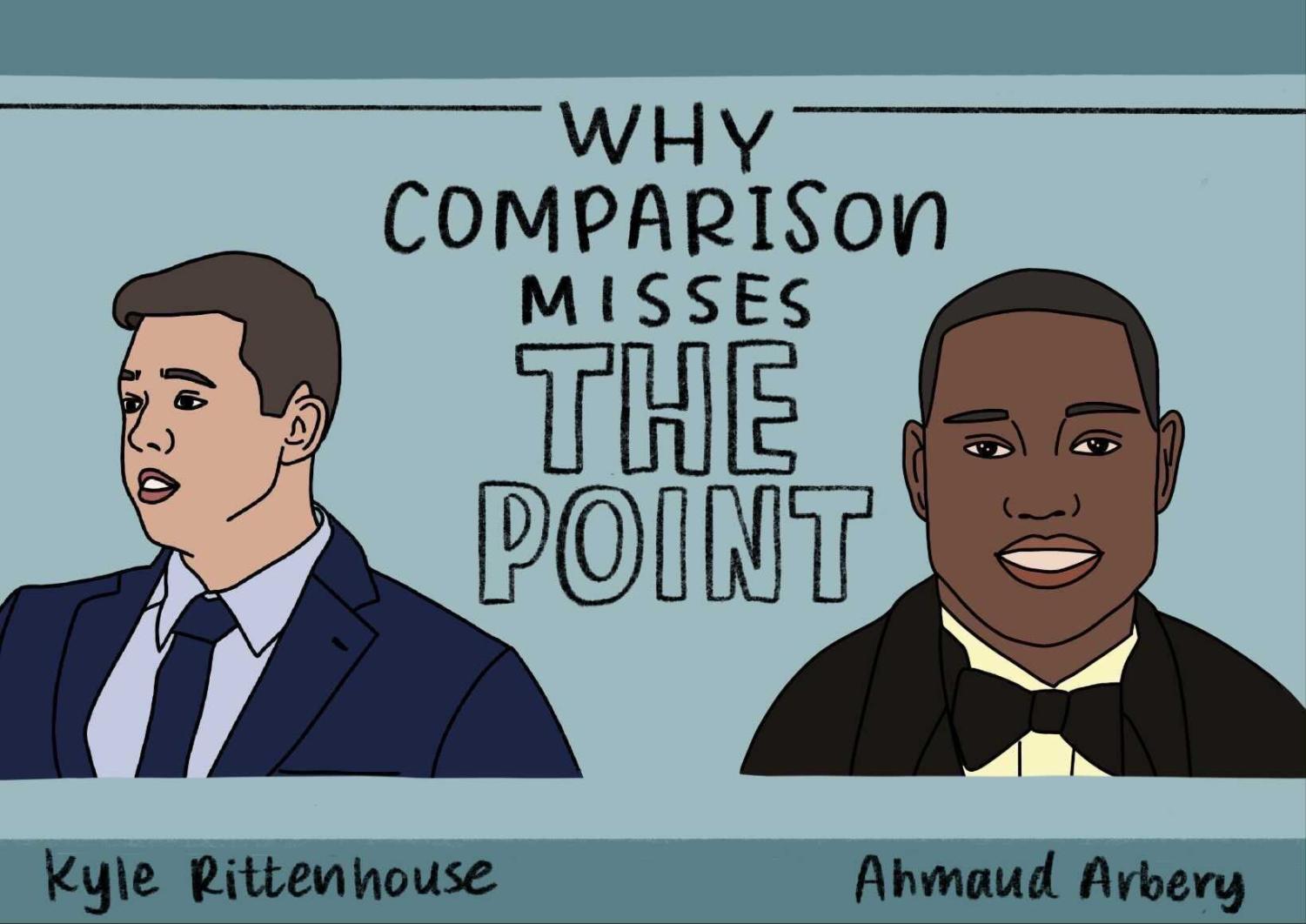
Class of 2024
Hi! My Name is Selena Molinari and I am in yearbook (I also occasionally write stories). I have always had an interest in the news and...


January 14, 2022
When I first started researching the cases of Ahmaud Arbery and Kyle Rittenhouse, my opinion was not what it is now. I believed these cases were very similar and highlighted the courts’ handling of proceedings immersed in the public eye. What I didn’t realize was that the complexities of these cases span far beyond what a quick Google search would uncover. Both of these cases contain different biases that may shift the perspective greatly. It’s important to reach your own conclusions and take everything with a grain of salt. The closest thing you could relate to both of these cases was a prevalent theme of gun violence. In both cases, the assailants used guns as a means of killing the victims. Beyond that, the similarities stop.
Rittenhouse was a 17-year-old boy who shot three protesters at a civil unrest on Wednesday, August 25, in Kenosha, Washington, killing two and injuring one. He was charged with five counts relating to the shootings, including homicide and attempted homicide. Video footage was taken of the event, prompting people to come to their own conclusions about how the shooting unfolded. Rittenhouse took the claim of self-defense, stating that he felt he would have been harmed by two protesters pursuing him. While the debate continues to emerge about Rittenhouse’s intention behind the shooting, I believe a substantial issue underlies all of this. Rittenhouse was only 17 when he had access to a military-style semi-automatic rifle. It’s common knowledge that the U.S. has a gun problem, and that’s very clear in this case. All it took was one enraged 17-year-old to kill two people at what was supposed to be an unarmed protest. Rittenhouse was acquitted of all charges relating to the shooting, including homicide, attempted homicide, and illegal possession of a firearm. The issue is clear.
The cause of the protest is also important in understanding the gravity of Rittenhouse’s actions. On Monday, August 23, an officer responding to a local disturbance shot Jacob Blake, a Black man, as Blake leaned on his vehicle, partially paralyzing him. A neighbor took video of the incident, and within hours, the community was infuriated. A protest emerged. The next day, the neighbor who saw the incident live claimed he heard the officer yell “drop the knife,” but no knife was visible on Blake’s body. In the early hours of August 25, the day of Rittenhouse’s shooting, Blake’s family called for calm. Despite the family’s requests for calm, social media began to flood with posts calling on the community to take up arms and defend the city against the “thugs,” which they deemed the protesters. Rittenhouse arrived at a protest following the encouragement of social media. The pattern is way too clear. A protest against gun violence leads to more gun violence. America has a problem.
The issue with comparing the case of Rittenhouse to the case of Arbery is merely the fact that the point of controversy in both cases is exactly the opposite. The case of Rittenhouse highlights the side of the offender. Do we believe claims of self-defense, or do we identify it as intentional homicide? Did he intend to kill, or was it a violent outcome to a complex issue? In the case of Arbery, the focus is primarily on the victim. Was he the subject of prejudicial assumptions or simply a baseless violent altercation?
Arbery was a 25-year-old black man living in Brunswick, Georgia at the time of his death. Three white men in a truck reportedly chased after Arbery after seeing him jogging on Sunday, February 23. Arbery died on the scene as a result of several gunshot wounds. Arbery was quite clearly the victim of a hate crime. In my mind, this is without a doubt. One of the assailants, George McMichael, claimed that he suspected Arbery of being responsible for a string of break-ins in their community. He used this as justification for murder. The distinction this holds from the case of Rittenhouse is that the attackers of Arbery had a distinct prejudicial motivation for his killing. Rittenhouse’s intentions were unclear and served as a reflection of a bigger gun-control issue.
Trying to dissect the case of Ahmaud Arbery and Kyle Rittenhouse as connected units often misses the point of both situations entirely. They both bring up issues of gun violence and judicial preference in entirely different ways. Kyle Rittenhouse was a 17-year-old who had access to a semi-automatic military-grade rifle as an inexperienced minor. Rittenhouse should not have had such easy access to high-grade weaponry to begin with. In court, he was pitied despite walking into the Kenosha protest already armed and taking the lives of two young men, Joseph Rausenbaum and Anthony Huber. All his charges were dropped, including illegal possession of a firearm.
Ahmaud Arbery was a 25-year-old Black man jogging around his neighborhood when he was violently massacred by three white men who claimed they suspected him of robbery.
Putting these two cases in the same box invalidates the separate discussions we need to have about them both. The court debatably took proper actions in the case of Arbery, sentencing the three men responsible for Arbery’s death to life in prison with two having no possibility of parole. The conversation we need to have is how believing an unsuspecting civilian is the culprit of a string of random robberies warrants ending his life without any further questioning.
America. Has. Problems. The sooner we address these problems correctly the sooner we move forward as a society. I rest my case.
Rest in peace Ahmaud Arbery, Joseph Rausenbaum, and Anthony Huber.

Class of 2024
Hi! My Name is Selena Molinari and I am in yearbook (I also occasionally write stories). I have always had an interest in the news and...